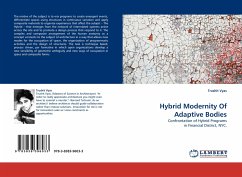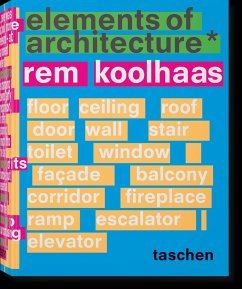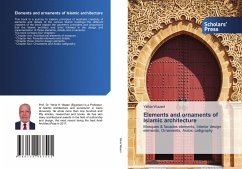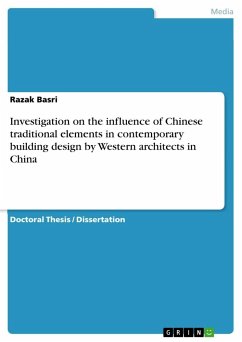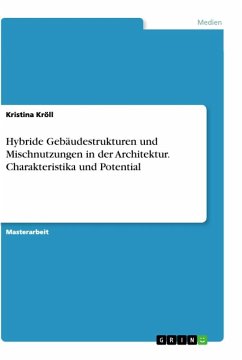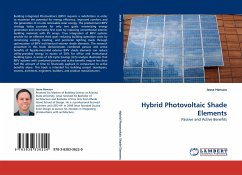
Hybrid Photovoltaic Shade Elements
Passive and Active Benefits
Versandkostenfrei!
Versandfertig in 6-10 Tagen
32,99 €
inkl. MwSt.

PAYBACK Punkte
16 °P sammeln!
Building Integrated Photovoltaics (BIPV) requires a redefinition in order to maximize the potential for energy efficiency, improved comfort, and the generation of on-site renewable solar energy. The predominant BIPV strategy today provides for only two goals: maximizing energy generation and minimizing first costs by replacing conventional exterior building materials with PV arrays. True integration of BIPV systems provide for an effective third goal: reducing building operation costs by minimizing cooling, heating, and perimeter lighting loads through optimization of BIPV architectural exteri...
Building Integrated Photovoltaics (BIPV) requires a redefinition in order to maximize the potential for energy efficiency, improved comfort, and the generation of on-site renewable solar energy. The predominant BIPV strategy today provides for only two goals: maximizing energy generation and minimizing first costs by replacing conventional exterior building materials with PV arrays. True integration of BIPV systems provide for an effective third goal: reducing building operation costs by minimizing cooling, heating, and perimeter lighting loads through optimization of BIPV architectural exterior shade elements. The research presented in this book demonstrates combined passive and active benefits of façade-mounted exterior BIPV shade elements can reduce utility-provided energy in excess of 50% for office and institutional building types. A series of Life Cycle Savings (LCS) analysis illustrates that BIPV systems with combined passive and active benefits require less than half the amount of time to financially payback in comparison to active benefits alone. This book is intended for building project developers, owners, architects, engineers, builders, and product manufacturers.



